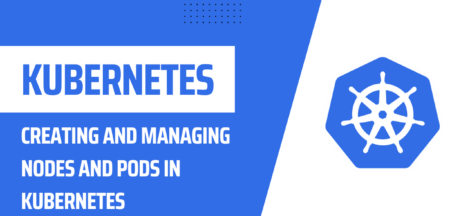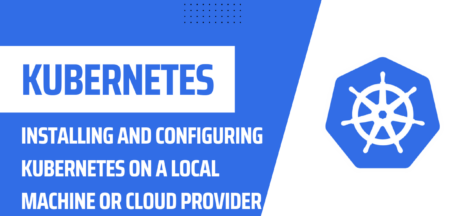Kubernetes Services: An Introduction
Kubernetes is a popular open-source platform for automating the deployment, scaling, and management of containerized applications. One of the key components of Kubernetes is the service, which plays a crucial role in connecting and managing microservices within a cluster. In this blog post, we will take a deep dive into what Kubernetes services are, how they work, and their different types.
What are Kubernetes Services?
Kubernetes services are a way to expose applications running on a set of pods as a network service. In other words, a service acts as an intermediary between your microservices and the outside world, providing a stable IP address and DNS name, and abstracting away the underlying pods and their network details. Services allow you to easily route traffic to your applications, balance loads, and perform rolling updates, among other things.
How do Kubernetes Services Work?
A Kubernetes service works by mapping a set of pods to a virtual IP address, known as the service IP. Requests to this IP address are forwarded to one of the pods in the set, typically using a round-robin algorithm. This ensures that the incoming requests are distributed evenly across the pods, reducing the risk of overloading a single pod.
The pods that are part of a service are determined by a label selector, which specifies a set of key-value pairs that identify the pods you want to include in the service. You can define the selector when you create the service, and it can be updated later if needed.
Types of Kubernetes Services
There are several different types of Kubernetes services, each of which serves a different purpose:
- ClusterIP: This is the default type of service, and it creates a service with a cluster-internal IP that is only accessible from within the cluster.
- NodePort: This type of service exposes the service on each node’s IP at a static port.
- LoadBalancer: This type of service creates an external load balancer and assigns a public IP address to the service.
- ExternalName: This type of service maps the service to a CNAME record, providing access to the service using a DNS name.
- Headless: This type of service does not have a cluster IP, so it cannot be accessed through a load balancer or a service IP.
Conclusion
In conclusion, Kubernetes services are an important component of the Kubernetes platform, providing a stable and scalable way to connect and manage microservices within a cluster. They allow you to easily route traffic to your applications, balance loads, and perform rolling updates, among other things. With their various types, Kubernetes services can be customized to meet your specific needs, whether you are looking to expose your services to the public, or simply route traffic within your cluster.



